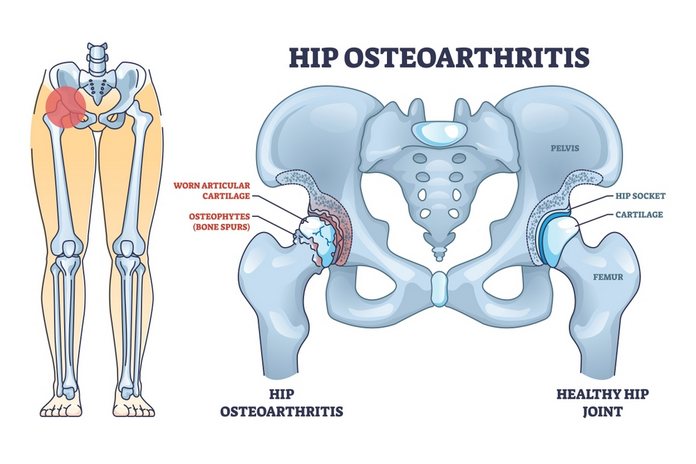Differential Diagnosis of Hip Pain
Hip pain is often associated with a number of factors, such as a sedentary lifestyle, obesity, muscle strains, osteoarthritis, and bone fractures. It is fundamental to find out the cause of your symptoms before starting any treatment. That’s the first step doctors will take.
This symptom often affects older adults. Close to 15% of them experience hip pain almost daily, and it is not always a severe symptom that requires emergency assistance. You may just want to deal with it naturally and wait for its resolution over time. But even if that is your decision, it is essential to talk to your doctor if the problem is severe or does not go away.
When hip pain persists for more than two weeks, then you should seek medical attention. You don’t need to wait that time if the pain is severe or started closely after receiving blunt trauma. In any case, if you’re worried about it for any reason at all, do not hesitate to talk to your doctor.

Sometimes patients feel hesitant because they believe doctors will recommend surgery. However, you can rest on the statistics showing that only one in five patients with these symptoms require surgery. The rest can receive conservative treatment without scalpels, anesthesia, or anything sharp getting close to their skin.
Getting a diagnosis is the first step. But what if you’re scared about that, too? In this article, we’re bringing you closer to the diagnostic process of hip pain and tell you what happens in the doctor’s office and what you can do to contribute to the process.

